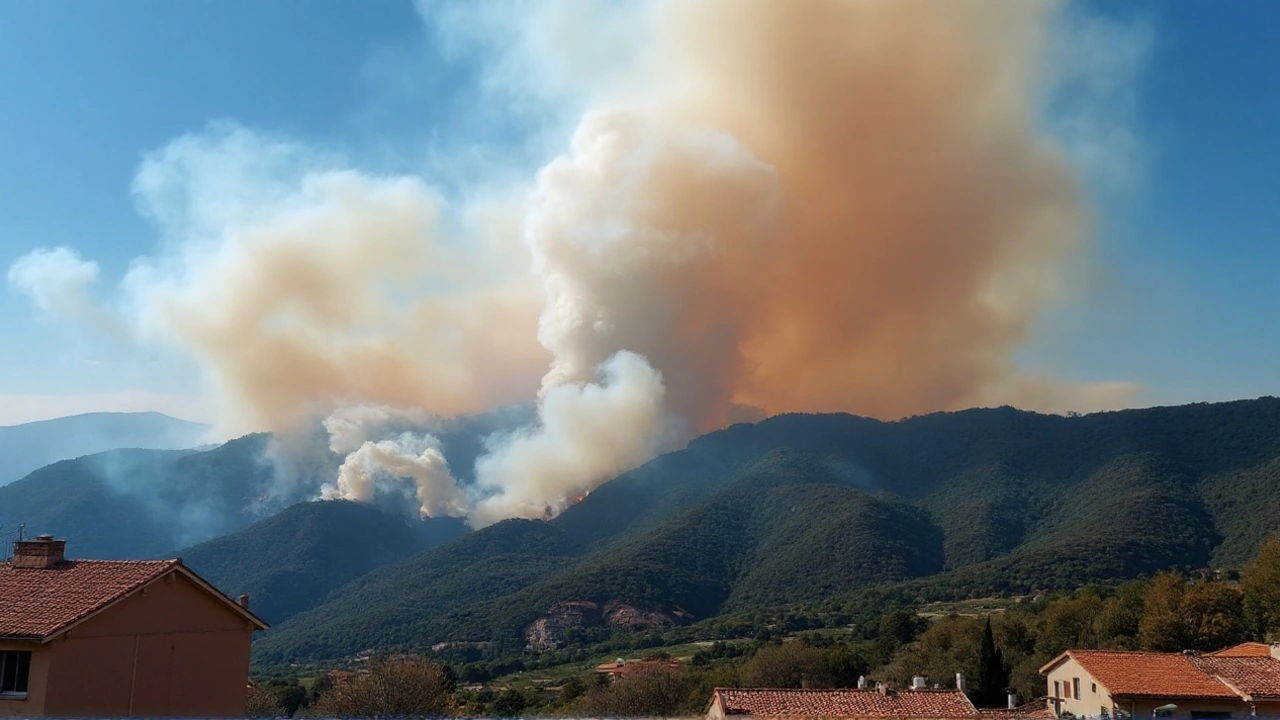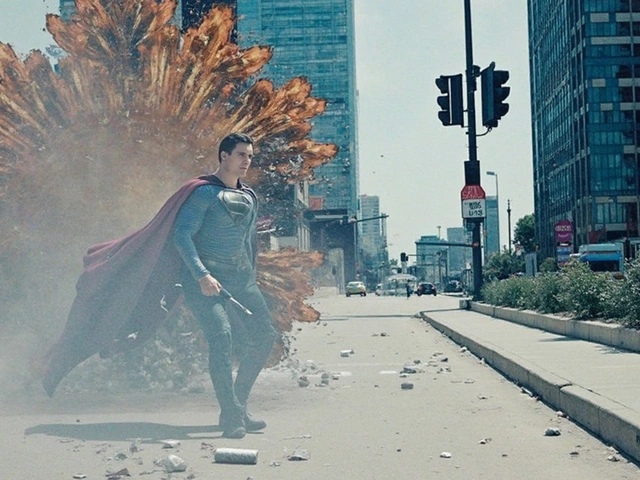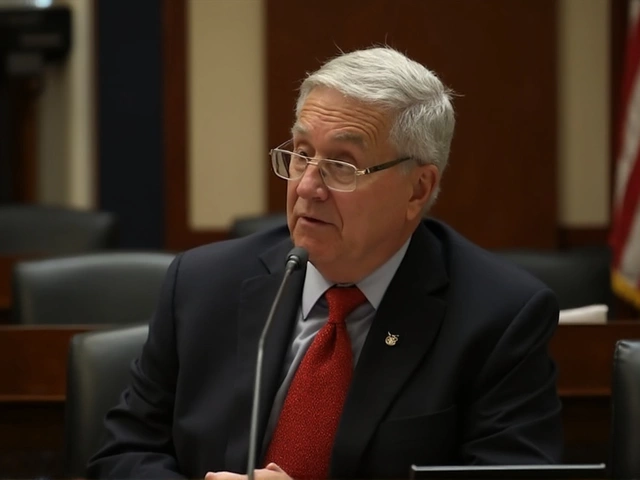Unprecedented Wildfire Tears Through Southern France
A wildfire unlike anything the Aude region has seen tore into the countryside around Ribaute in southern France. It started on August 5 and, within just two days, exploded out of control. When people talk about wildfires, they often think of places like California or Australia, but this time, southern France is in the hot seat. The blaze has already swallowed up about 16,000 hectares of land—that's a chunk of land roughly the size of Paris. For locals, it's been chaos. Families watched flames lick at their homes, and dozens weren’t lucky enough to keep theirs: at least 25 houses were destroyed in the inferno.
The sense of crisis deepened as 2,500 households lost electricity, plunging neighborhoods into uncertainty. The noise of helicopters and firefighting planes overhead became a constant. The sight of charred trees, thick smoke drifting between hills, and lines of exhausted firefighters has become all too familiar for residents. One person has died, three remain missing, and 13 have been injured—including 11 firefighters trying to put their lives on the line as flames closed in.

Emergency Response and Ongoing Threat
The fight to contain the fire has been all-consuming. About 2,100 firefighters have been called up from across the country, rolling in with 500 vehicles. Their job isn’t just complicated by the thick pine forests—strong, dry winds have kept the flames moving at breakneck speed. Canadair aircraft and helicopters swoop in again and again, dumping water over the most dangerous areas. President Emmanuel Macron stepped in, promising that France's entire emergency operation would focus on saving as much land and as many lives as possible. Two days after the start, more aerial resources began arriving, giving ground teams much-needed support.
It’s not just about fighting flames, though. Authorities have opened temporary evacuation centers across 17 nearby towns, offering space to shelter 1,800 people. These aren’t just emergency shelters—they’re a lifeline for those whose homes are gone or unsafe. The advice has been to stay put unless ordered to leave, since the smoke and embers can be just as dangerous as the main fire. Still, you can imagine the stress: no power, blocked roads, not knowing if you’ll have a home to go back to. The A9 motorway—one of the main routes connecting France to Spain—had to be shut in sections, causing massive headaches for anyone trying to travel across the border.
The European Forest Fire Information System is calling the threat moderate to extreme, warning that wind and drought are only making things worse. Dry grass and underbrush catch fire instantly, making it nearly impossible for fire crews to get ahead. Even as the main front of the fire slowed down, emergency staff warned the public not to get their hopes up—one strong gust could send sparks flying into new areas. The danger isn’t over yet.
With the wildfire still burning and conditions remaining unpredictable, the people of Aude can only watch and wait, hoping for rain and respite from the relentless heat and wind. For now, the fight continues—both to contain the flames and to support the thousands affected by this record-breaking disaster.





